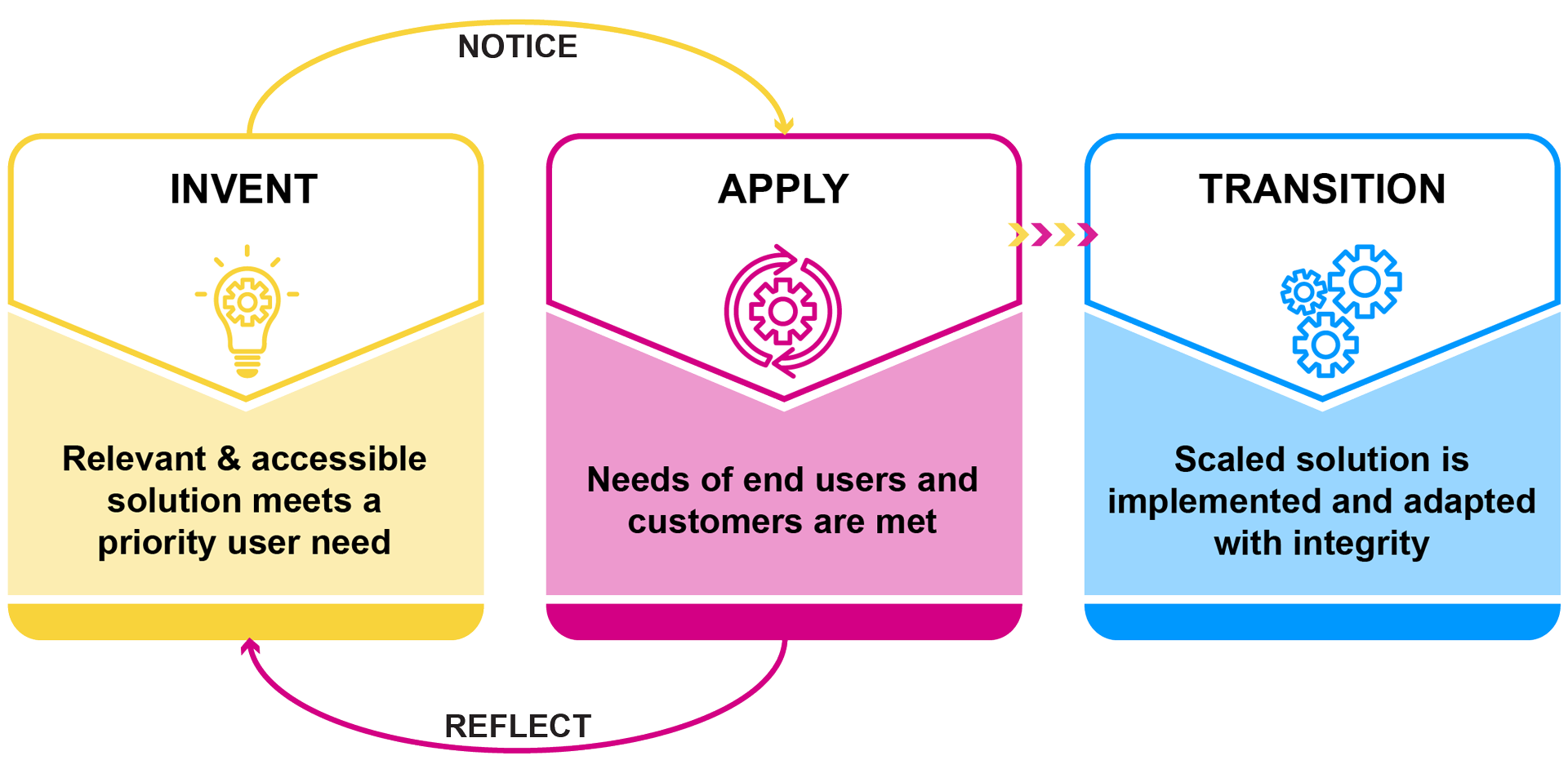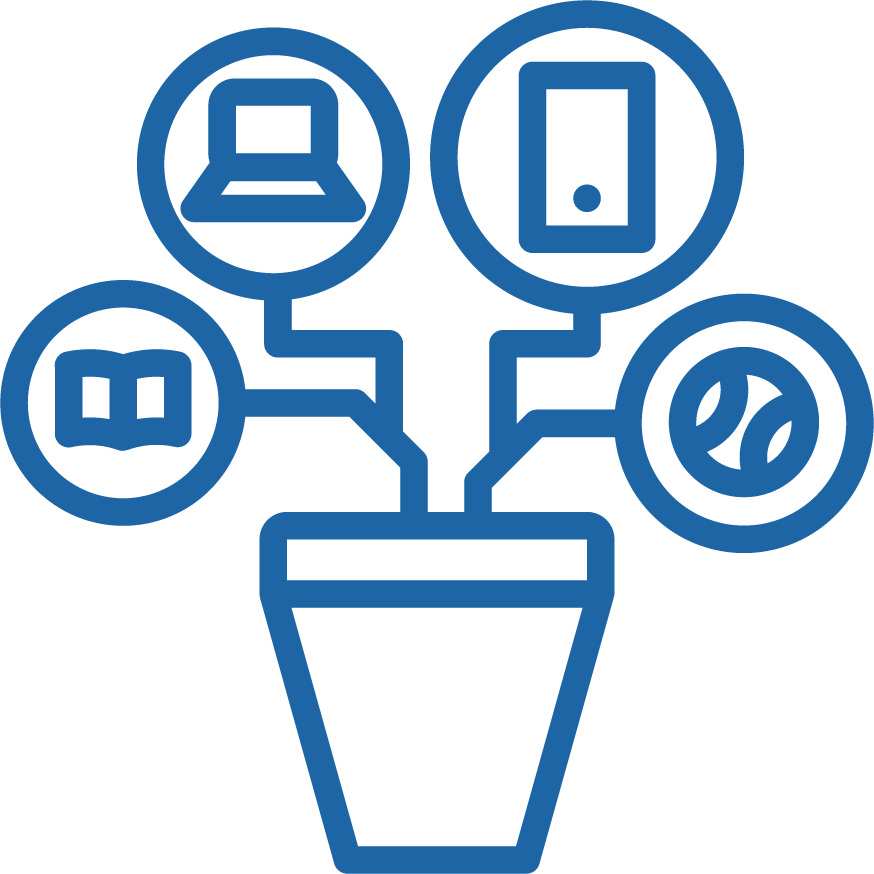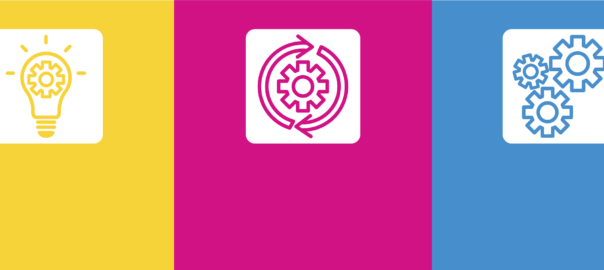- Welcome
- Approach
- Invent
- Apply
- Transition
- Glossary
| Scaling Educational Products | Invent-Apply-Transition |
|---|
Invent-Apply-Transition
The Invent-Apply-Transition (I-A-T) framework is a systematic approach developed by SRI International to bring research to market. Researchers and developers can apply I-A-T activities at key stages of innovation to design for widespread and sustainable scale. In the early stage (Invent), researchers and developers seek to understand a perceived problem of practice or need and invent a solution that is likely to address that problem or need. As the researchers and developers further define the solution and try it out in the next stage (Apply), they improve the product so that it fully satisfies end-user needs and meets market requirements. In the final stage of innovation (Transition), the researchers and developers move to satisfy the needs of a large or strategic segment of the market and forge a scaling pathway.
The I-A-T model is traditionally used in business. To modify this model for education, the LEARN Network has integrated principles of Liberatory Design, a design approach that “change efforts in complex systems.” Notably, the working framework incorporates the Notice and Reflect modes of Liberatory Design as an ongoing cycle in the design phases of Invent and Apply. The Notice and Reflect modes encourage researchers and developers to practice self-awareness and situational awareness in the design process and to pause for reflecting on intention and impact and adapting throughout the process.
The working framework below provides an early roadmap to creating educational products built for widespread and sustainable scale.

The stages of I-A-T roughly map to activities traditionally conducted in education research as detailed below. Given that designing, testing, and scaling an educational product is an iterative process, researchers and developers would benefit from reviewing toolkit content and materials at the Invent, Apply, and Transition phases no matter what stage of research and development they are currently in.
 |
 |
|||
Literature review Theory of change Logic model Concept validation |
Learning engineering |
Effectiveness studies Efficacy studies Pilot studies Replication studies |
Expansion or scaling |

LEARN more
From Research to Market: Development of a Transition Process to Integrate Sustainable Scaling Methodologies into Education Innovation Research Design and Development. This report summarizes common strategies that education researchers employ in effective scale-up and introduces the I-A-T framework.
Using the Invent-Apply-Transition Framework to Design Educational Innovations for Scale. This blog post introduces the I-A-T framework and identifies lessons learned from adapting the framework for education.
Introduction to the Invent Apply Transition (I-A-T) Framework. This document introduces the I-A-T framework and outlines the iterative steps and scaling activities involved in successfully bringing educational products to market.

